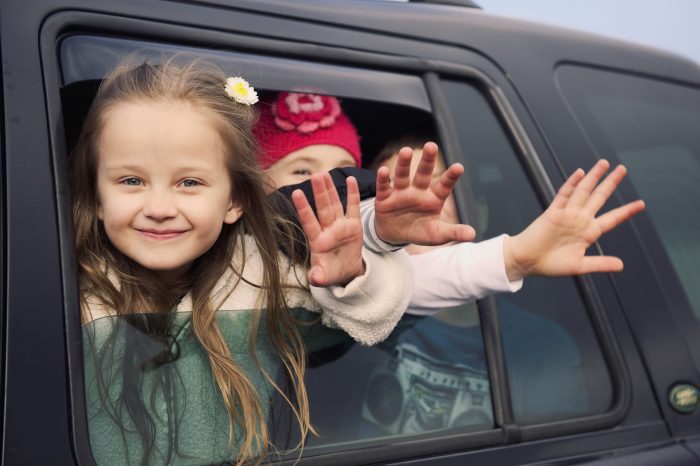By Daniel Dunaief

What says hello nonverbally more than a wave? I’m surprised nonhuman animals don’t do it more often. It’s efficient, requires minimal energy most of the time and can be as subtle as a lifted finger or as dramatic as a full-body wave signaling to someone at the top of the Eiffel Tower.
People wave to me frequently, particularly when I’m walking my dog. I suspect many of them are really waving to my dog. He is cuter, more charming and more personable than I am. Sure, I’m happy to engage in a conversation about the weather, the latest “Big Game,” my kids, or someone else’s family, but my dog is prepared to throw his head into someone’s knees as long as they pet him and assure him he’s wonderful.
Back to waving — I think the gesture merits categories, along with a short explanation.
— The-wave-or-maybe-not moment: We’ve all been there. Someone we kind of know or with whom we might want to interact appears to wave at us. Is that for me, we wonder? We consider swiveling our heads to check, but we’re not owls. We raise our hand tentatively. When we realize the more popular person behind us is the wave target, we awkwardly run our fingers through our hair. Great recovery, we mutter to ourselves.
— The “here-but-don’t-really-want-to-be” wave. Remember back when you were in high school, and your homeroom teacher took attendance? He or she would go down the list and when your name came up, you pulled your wrist back as casually as possible and pointed your fingers to the fluorescent lighting on the ceiling? It’s a wave and acknowledgment devoid of any enthusiasm.
— The “tickle the piano keys” wave. After lifting their wrists, some people wiggle their fingers next to their heads, as if they are tapping an imaginary musical instrument to send a visual and auditory greeting.
— The eraser wave. This can either be an enthusiastic or an unenthusiastic gesture. With this wave, people keep their fingers together and brush back and forth, as if they have an eraser in their hand and are removing an incorrect answer from the blackboard. This kind of wave can be an Eeyore greeting from the Winnie the Pooh series, in which he sighs and shares a burden with a deflated wave. With a head tilt, an affectionate smile, and faster side-to-side motion, this kind of wave can also signal a responsive and more enthusiastic greeting.
— The stiff-fingered-salute. Often offered by older men, this isn’t a wave so much as it is a signal that the person sees you, but does not intend to encourage any kind of dialog or further gesturing. It’s a nonverbal stop sign, telling you that he’s coming through, he sees you, and he would prefer that you keep whatever eye contact you’re going to make to a minimum. In fact, if you need to look at something, look at his flat and indifferent hand.
— The tree-swaying-in-a-blustery-wind wave. Yes, this is one of those moments when people are so thrilled to see you that they raise their arms over their heads and wave quickly back and forth. They may even catch some air. People waving this way don’t care what others think and, more importantly, want to share how excited they are to see you. This kind of wave transitions into a full-body hug.
— Finally, to end on the opposite end of the spectrum from where we began, there’s the wave from someone you might otherwise want to ignore. That wave says, “I’m over here, I see you, but you’re not responding.” It has the same characteristics as the excited greeting, except that it adds the need for acknowledgment. If you’re embarrassed, that may be a bonus.






